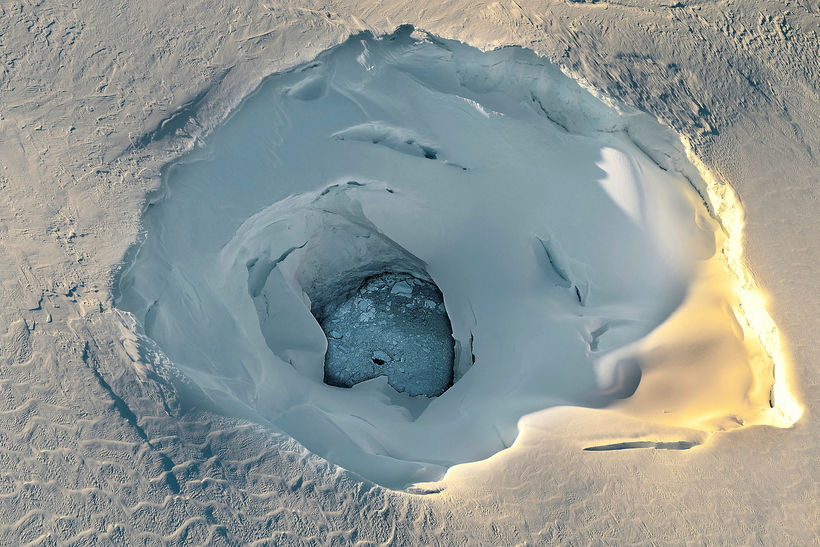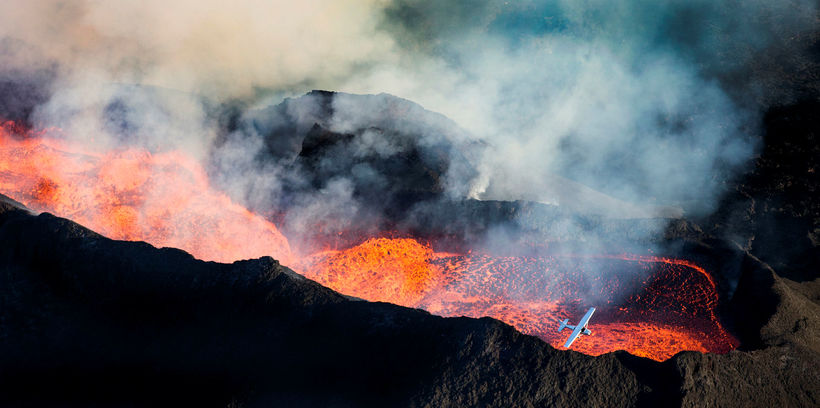Inflation detected around the country's most powerful volcano
Inflation and earthquakes indicate active magma inflow into the Bárðarbunga volcano.
There have been clear signs of inflation in Bárðarbunga since the Holuhraun eruption ended in February 2015. The eruption had been ongoing for six months at that time.
Two years ago, the speed of inflation slowed slightly but has begun to increase again. The changes have not been significant, however, but the inflation has been ongoing for ten years.
This is according to Benedikt Gunnar Ófeigsson, head of deformation measurements at the Icelandic Meteorological Office.
Four major earthquakes
An earthquake of magnitude 5.1 struck Bárðarbunga on Sunday night. This is the fourth earthquake of magnitude five or above that has been measured at the volcano this year.
“There has been work to assess how much of this [inflation] is due to active magma inflow and how much is due to the crust just recovering,” Ófeigsson says.
“But it is quite clear that there has been magma inflow since the eruption ended. That is also what the earthquakes are telling us. We started seeing these earthquakes soon after this eruption ended.”
Inflation around the caldera
After the last eruption of Bárðarbunga, the caldera in the volcano sank by about 65-70 meters. Ófeigsson says the Icelandic Meteorological Office does not have measurements that show whether the caldera itself has started to rise.
On the other hand, the Icelandic Meteorological Office’s meters have detected inflation around the caldera, which indicates pressure below the surface.
“This is a slightly more complex process in Bárðarbunga than, for example, in Svartsengi.”
Gathering material for the next eruption
“Bárðarbunga is probably our most powerful volcano and it has shown a certain activity since 1974 that tells us a certain story,” said Páll Einarsson in an interview with mbl.is.
Part of that story is the eruption in Gjálp in 1996 and then the eruption in Holuhraun , which lasted from August 2014 to January 2015. Einarsson says the earthquakes are related to movement in a caldera under the glacier.
“There is a magma flow to the station now and it is gathering material for the next eruption. When that happens, however, is harder to say.”




/frimg/1/53/30/1533092.jpg)





